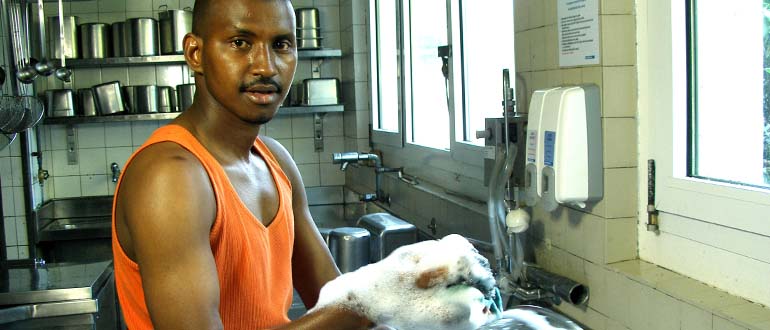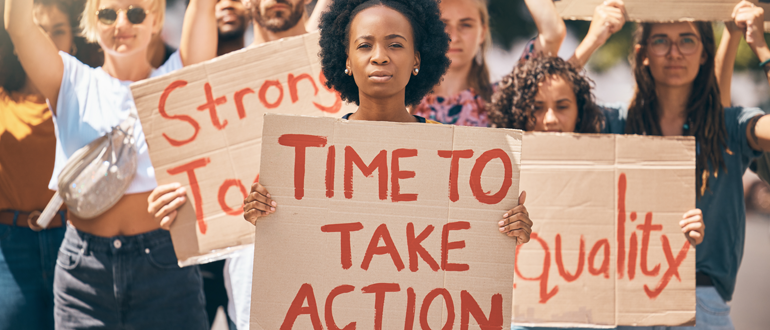No increases since 2009: The value of minimum wage keeps decreasing

The federal minimum wage was established in 1938 as a part of the Fair Labor Standards Act. In that year, the minimum wage was $0.25/hour, which translates to $5.33/hour today.
Over the years, the federal minimum wage has been raised regularly:
- In 1963, it was $1.15/hour (or about $11.60/hour in today’s money)
- In 1975, it was $2.10/hour (or about $12.41/hour in today’s money)
- In 1981, it was $3.35/hour (or about $11.91/hour in today’s money)
- In 1997, it was $5.15/hour (or about $9.96/hour in today’s money)
- In 2007, it was $5.85/hour (or about $8.89/hour in today’s money)
- In 2009, it was $7.25/hour (or about $10.58/hour in today’s money)
Since 2009, there have been no raises to minimum wage. That means that someone who makes the federal minimum wage has slowly lost buying power over the years:
- 2010: $10.30 (in today’s money)
- 2011: $10.15 (in today’s money)
- 2012: $9.85 (in today’s money)
- 2013: $9.69 (in today’s money)
- 2014: $9.54 (in today’s money)
- 2015: $9.47 (in today’s money)
- 2016: $9.40 (in today’s money)
- 2017: $9.21 (in today’s money)
- 2018: $9.02 (in today’s money)
- 2019: $8.85 (in today’s money)
- 2020: $8.65 (in today’s money)
- 2021: $8.54 (in today’s money)
- 2022: $7.98 (in today’s money)
- 2023: $7.49 (in today’s money)
- 2024: $7.25
Ohio’s minimum wage is $10.45, which is about equivalent to where the federal minimum has hovered throughout most of its history. But that’s still not considered to be a living wage. In Cincinnati, a living wage for one person without children is $19.77/hour. And that hourly number that allows someone to access what they need to live a healthy life goes up with the number of children and other adults in the household.
The Raise the Wage Act “would raise the federal minimum wage, in annual increments, to $17 per hour by July 2029.”
While that’s clearly not a living wage either, a raise of the minimum wage to even $15/hour would affect 29% of workers in Ohio’s first congressional district. That’s about 99,000 people.
[Learn more: What is a fair wage?]
Why hasn’t the minimum wage been raised since 2009?
The minimum wage hasn’t been raised regardless of controlling political party. In an NPR interview, the Reverend William Barber, co-chair of the Poor People’s Campaign posits that there are many contributing factors.
Among the reasons: “the lie that raising the minimum wage to a living wage would enhance inflation and raise prices, which has been debunked time and time again by economists,” the erroneous belief that morality plays a role in poverty in combination with the belief that $7.25/hour is enough money to live on, and focus on culture wars that distract from issues like living wages and health care.
The minimum wage was originally established “…to stabilize the post-depression economy and protect the workers in the labor force. The minimum wage was designed to create a minimum standard of living to protect the health and well-being of employees.”
Poverty is directly linked to poor health outcomes. Lifting people out of poverty by raising the minimum wage would center that purpose (employees’ health and well-being) again.






